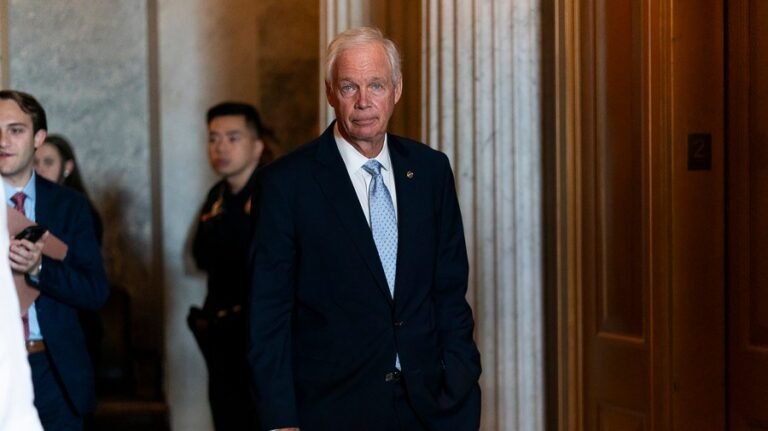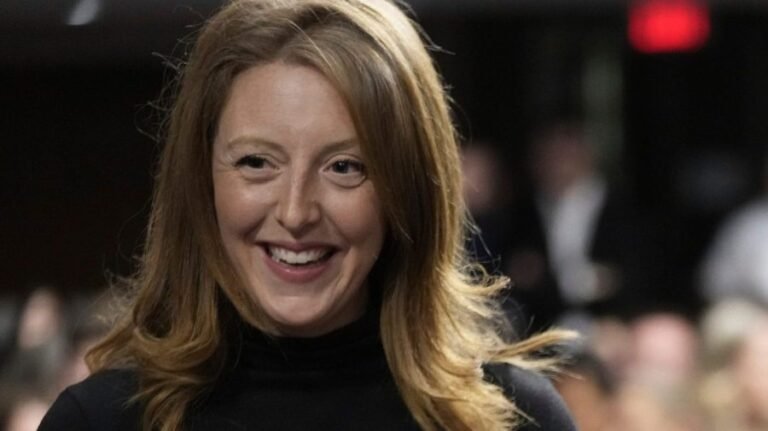
Oklahoma State Superintendent of Public Instruction Ryan Walters, perhaps America’s most prominent critic of teachers unions, has now become the CEO of the newly formed Teacher Freedom Alliance, an organization boasting that it has already guided more than 20,000 teachers in abandoning their unions. He claims teachers unions have “turned into political machines, more interested in power than in kids” and have “poisoned our schools with politics and propaganda while abandoning parents, students, and good teachers.”
Walters’ organization bombards unionized public school teachers with emails and physical mailers urging us to abandon our unions, telling us we can save money on union dues, which Walters condemns as “forced donations to causes and politicians you don’t believe in.”
I have been a classroom teacher and a member of teachers unions for two decades, and I believe what I pay in dues is some of the best money I have ever spent.
As a classroom teacher, teachers unions help us because they work to protect a precious resource — our time. At non-union schools, teachers are often weighed down with unnecessary labor, such as lunch and nutrition duty, before and after-school yard duty, and supervising and chaperoning after-school events. These duties greatly reduce teachers’ ability to spend time helping students and preparing for classes.
At non-union schools, teachers often must forgo their planning period to substitute for absent teachers. At union schools, substitute teachers handle most of this responsibility.
At the start of a teacher’s career, it is often sink or swim. It is the teachers unions that fight for the supports these teachers need against administrators and school districts who often undermine them. For example, one of the biggest problems new teachers face is the enormous amount of time it takes to prepare new lessons, even if one uses or adapts the prepackaged lessons available.
The most effective way to contain that workload is to limit the number of different class subjects — “preps” — that the new teacher has to teach. It is far more work to teach three or four separate subjects in five periods than it is to teach one or two. Unions negotiate limits on the number of preps that novice teachers face, and then work to enforce this limit against administrators, who often try to skirt it.
Other union-negotiated protections for novice teachers include barring burdensome extra duties like activity assignments and auxiliary (extra) classes to teach, and exempting new teachers from “traveling” — that is, having to teach in more than one classroom per school day.
To an appropriately lesser degree, all of the above protections also are enjoyed by veteran teachers.
Teachers unions also fight to keep class sizes reasonable. Excessively large classes make it more difficult for teachers to serve students and provide them individual attention. Moreover, they are very time-consuming; it is much more difficult to grade 180 exams in a weekend than 110, and the extra burden wears on teachers.
Teachers, particularly male teachers, are also often vulnerable to spurious accusations that, if not effectively fought, can destroy careers. Teachers unions provide representation in these cases and ensure they receive due process.
Walters tells us that when teachers have “refused to follow the union’s radical agenda,” they get “pushed aside, even forced out of the classroom.” While union opponents sometimes make similar claims, this is simply false — teacher unions don’t have any power over firing “or pushing aside” teachers beyond defending teachers who are wrongly accused or unfairly targeted.
The TFA criticizes the National Education Association and the American Federation of Teachers for their political work, noting that in 2024, the “NEA spent over 50 percent of union dues politicking with 97 percent of those funds going to Democrats and leftist causes.”
The union dues teachers pay goes to the local union that represents them, such as the Chicago Teachers Union or United Teachers Los Angeles. Only a small portion of those dues goes to national umbrella organizations such as the NEA and the AFT, or to state umbrella organizations like the California Teachers Association. The umbrella organizations, which have hundreds or thousands of locals under them, do spend much of their money on political advocacy, but such funds are a small part of the total union dues that teachers pay.
One can agree or disagree with the political positions these larger organizations take and the campaigns and lobbying they do, but this work is determined through an open, democratic process, and they reflect what the organization’s leaders and members perceive to be in the best interests of public education, students and teachers. Why shouldn’t teachers unions advocate for their political positions, just as thousands of American interest groups, trade associations, special interests and wealthy donors do?
Noxious though the Teacher Freedom Alliance’s misleading claims are, they usually fall on deaf ears — teachers unions protect teachers, and teachers know it.
Glenn Sacks teaches government and economics at James Monroe High School in the Los Angeles Unified School District.

